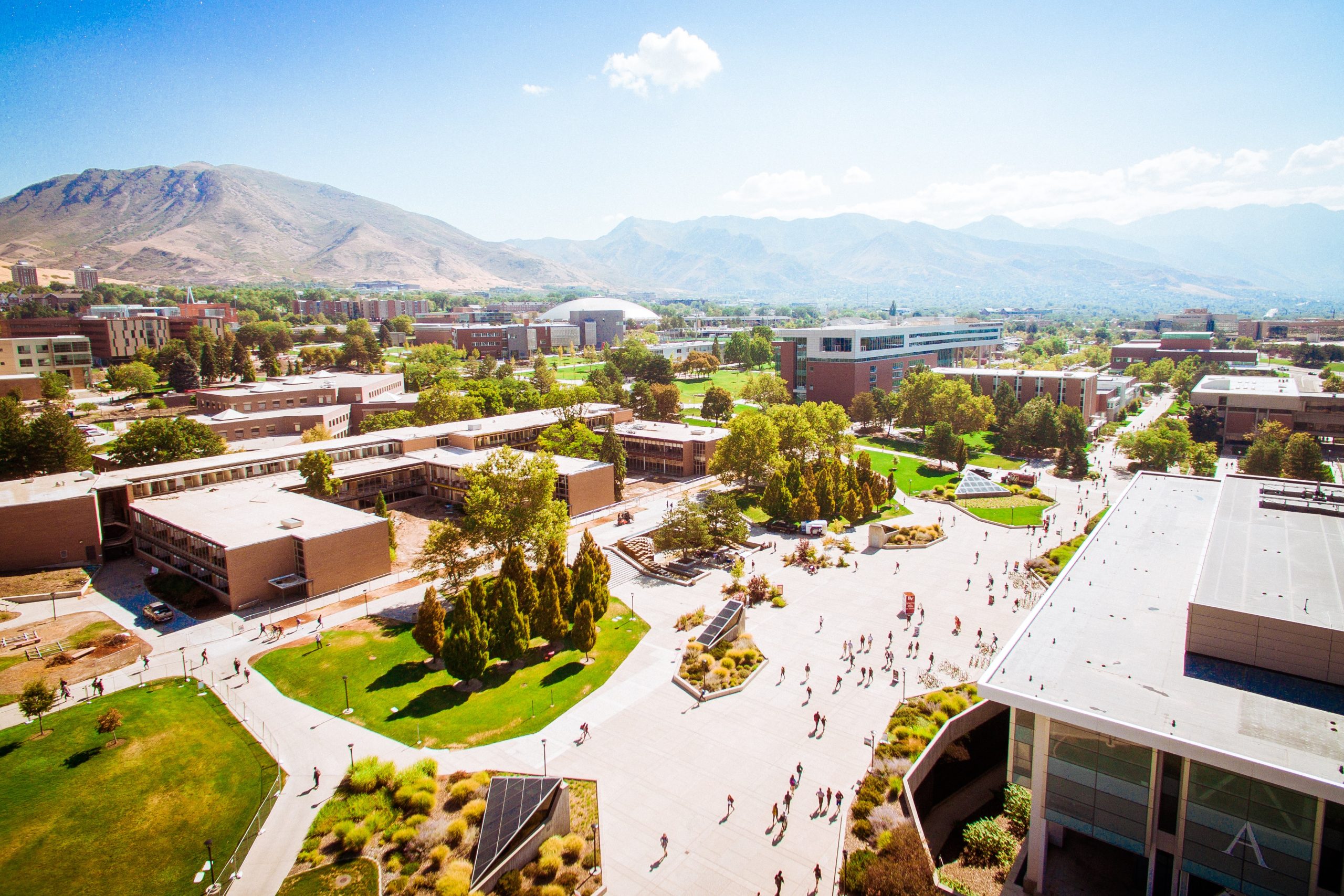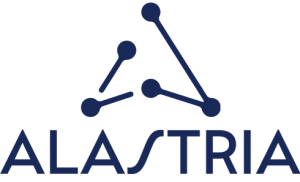Most professionals opt for jobs in private companies with better conditions instead of pursuing a doctorate.
The Valencian Community is running out of IT teachers. So much so that there are dozens of centers that have not started teaching after a month of starting the course because there are simply no teachers available. It does not only happen in this region: in Aragon the lack of 38 teachers has meant that students in some grades media only receive 5 teaching hours out of 30 per week. And it is not a problem exclusive to secondary education or FP either.
Enrollments in engineering have grown so much in recent years that universities are also not being able to hire as many professors in this specialty to meet the high demand. It is not a country for teachers.
Too much demand. According to statistics from the Ministry of Universities, technical degrees do not stop sprouting like mushrooms in Spain. And the computer science subject has gone from being taught in 19 centers in 2015 to being taught in 48 public and private universities in the country. This has meant that Mathematics students have grown by 39.5% and computer science students by 26.7%.
The reason is not only found in a notable increase in enrollment in Computer Science degrees, but in the fact that this subject is also included in many other new degrees and specialties that have emerged in recent years, such as Artificial Intelligence, Cybersecurity, Engineering Multimedia or Video Game Design, which has driven the teacher shortage even further.
There is a lack of teachers. According to government data, there are 4,180 teachers in the area, 15% more than in 2015, but those 26% more students we were talking about are not enough. The educational law establishes that 50% of the teaching and research personnel who teach undergraduate courses at a university must be a doctor, unlike the previous regulations, which differentiated this percentage for diplomas (30%) and bachelor’s degrees (70%). .
But the data does not predict a hopeful future. In 2022, 41% fewer theses were defended in Mathematics than in 2015 and 38% fewer in Computer Science (from 775 to 479). Therefore, there are fewer doctors. And therefore, fewer teachers.
Because? One of the reasons is that the computer science career is one of the most in demand currently, with employability that is close to 100%. And that leads many professionals to find better conditions in private companies than in teaching. Many computer scientists find work even before finishing their degree, which discourages many from this idea, even more so when they have to do an extra two-year master’s degree to teach.
As explained in this report from El País, the Conference of Deans of Mathematics met in May and faced the problem of teaching in institutes and at the University: “Not only are fewer theses read, but the careers to pursue are to research or teaching are very long and require a lot of sacrifice to achieve stability,” said its president, María Asunción García, dean of the University of the Basque Country.
A problem in institutes. And it is a problem that is becoming increasingly worse in secondary education. Three weeks after returning to the classrooms, 91 teaching positions remain vacant in the Valencian Community. The ANPE union (National Association of Teaching Professionals) highlights that it is also “striking” that the four specialties linked to electricity and electronics total 22. Even classifying the positions as difficult to fill, they have not been able to fill them.
Furthermore, as explained by the Computer Science Observatory in Spain, the subject is taught poorly and teachers lack preparation. The institution denounces in a report that Spain is “behind” European countries in computer training and speaks of “inequalities” in skills between students depending on the ownership of the educational center.
Electronics, specifically, is the most requested career. The difference between this and Philosophy is abysmal: 18.4% unemployment vs 0.9% after five years since graduation. In short: the demand for “science people” in the labor market is much higher than it was a few decades ago.













